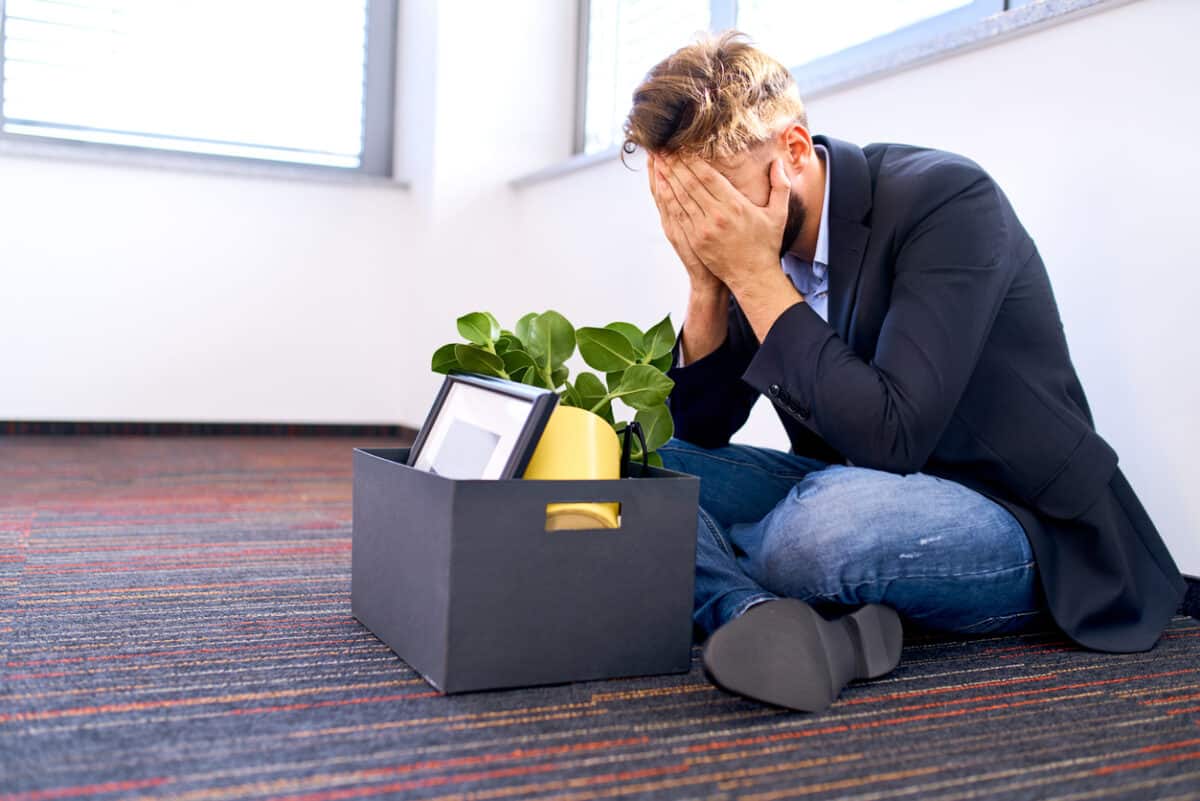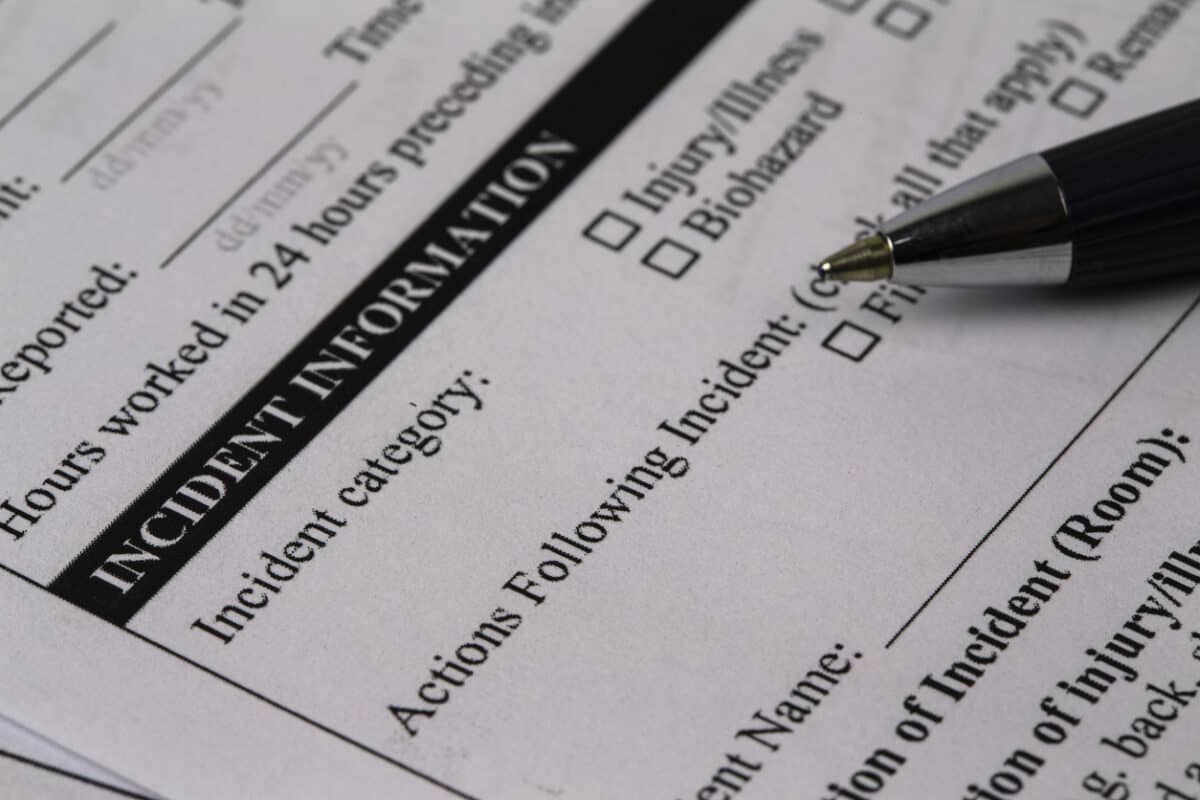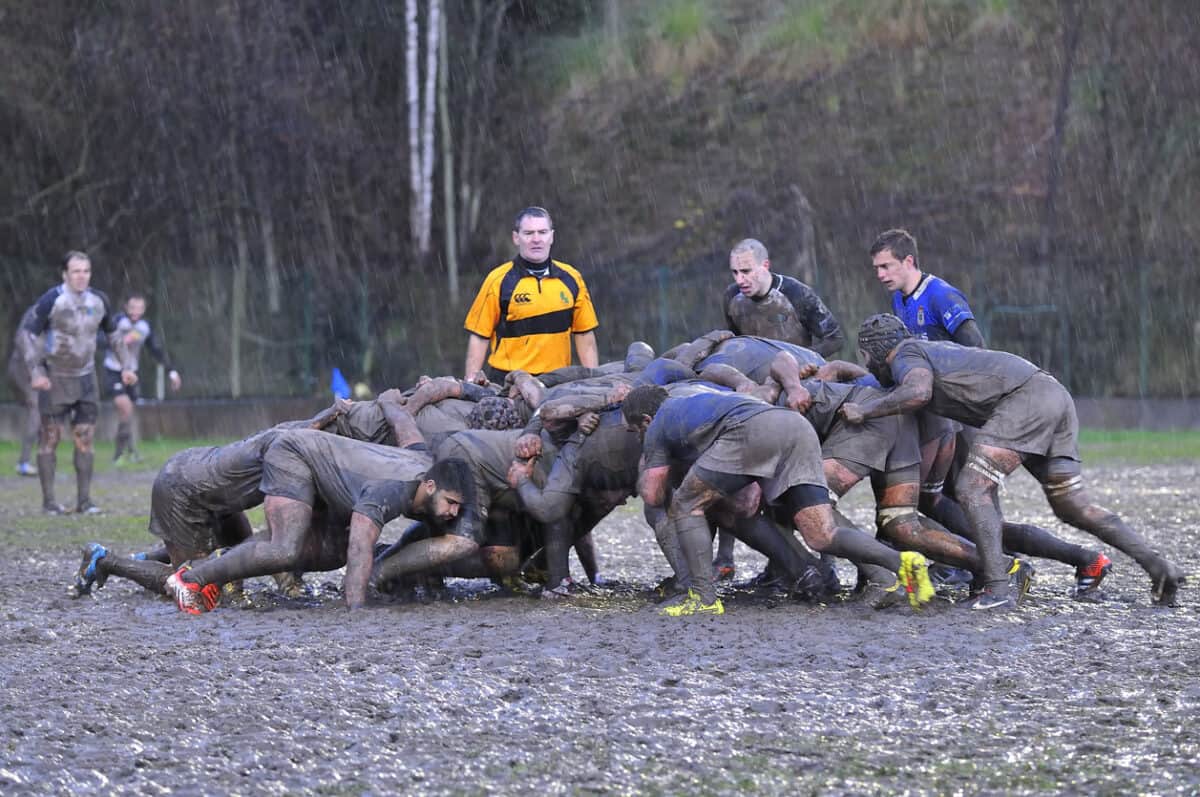Australia has entered a federal election campaign, but the mechanics of the Australian parliament continued, and various occupational health and safety (OHS) comments were voiced in Senate Estimates. These comments touched on Industrial Manslaughter, regulations on psychologically safe workplaces and insecure work.
Category: harassment
Nobody hates ‘”reasonably practicable” – we tolerate it
Do unions want employers to hold an absolute duty of care for work health and safety? Do unions hate the concept “as far as is reasonably practicable”?
The last Australian jurisdiction to hold employers to an absolute duty of care was New South Wales. That position was eroded by the harmonisation process and NSW OHS laws moving to the Work Health and Safety regime. An absolute duty of care, in the SafetyAtWorkBlog dictionary, is that the employer is responsible for any injuries occurring at work.
It’s all about the context
Occupational health and safety (OHS) should prevent any of its conference speakers from ever using the image of an iceberg or a triangle to illustrate managerial theories. The images are valid but have been done to death in conferences over the last decade.
I came to this position when recently reading a very short article on Systems Thinking by Veronica Hotton in Dumbo Feather magazine. Hotton used the iceberg as a visual metaphor for what can be seen and what is less visible but equally influential and much larger than the visible top.
Her article is a very good, succinct explanation of systems thinking for the general reader, but I was less interested in the iceberg and more in the ocean.
Workplace bullying in politics
Workplace Bullying is once again in the headlines and once again related to politicians and the stress they face. Two cases in particular are the focus. One in Victoria involving Kaushaliya Vaghela who resigned from the Australian Labor Party after revealing accusations of bullying. The other concerns Senator Kimberley Kitching who died of a heart attack recently and who, some of her friends and colleagues assert, was bullied by work colleagues.
Allegations of this type are very difficult to investigate and filter as so many issues and allegations are raised in the media by anonymous sources.
Both jurisdictions, Victoria and Federal, are due for elections this year which may have contributed to the level and type of media attention.
Why bother with the Federal Government on OHS matters?
Australian political debate has a recurring thread of State and Federal responsibility. Currently, this debate focuses on the emergency response for floods in Queensland and New South Wales. Before this was the COVID response and the Black Summer bushfires. This argument over responsibility has trickled along for many years, for Constitutional and other reasons, including occupational health and safety (OHS).
Some years ago, all the Australian governments had a stab at resolving the split without reforming the Constitution through the OHS harmonisation strategy. It tweaked the system without Constitutional reform, but OHS will remain primarily a State and Territory matter (except for Comcare). This allows Prime Minister Scott Morrison to make bold statements (and some not-so-bold) about national problems like sexual harassment in Australian workplaces or worker exploitation in agriculture, understanding that the local jurisdictions are the ones who need to fix and police the problems.
Notifiable psych injuries may be what’s needed
Recently the Victorian Government proposed six-monthly reports on psychologically hazardous incidents from employers to the OHS regulator, WorkSafe. The aim is to improve the pool of data available to the government in order to tailor harm prevention and reduction initiatives and a red tape campaign from employers is expected. These incident summaries are not the same as reporting a Notifiable Incident to WorkSafe but the notifiable incidents categories are overdue for a review and, maybe, an expansion.
On mental health, everyone wants to win
In response to the first of this series of articles on Victoria’s proposed Psychological Health regulations, one reader provided an excellent outline of one of the roads leading to the proposal. It is certainly worth looking back to the Boland Review and recommendations, but it is also worth considering some of the politics around Minister Stitt’s announcement in May 2021.
Recently WorkSafe Victoria’s Principal Psychological Health and Safety Specialist, Dr Libby Brook, was interviewed on the Psych Health and Safety Podcast. In providing background to the proposed regulations, politics was touched upon, sort of, but it was good to hear directly from a WorkSafe representative on the issue and the proposed regulations. The interview illustrated some of the strengths and weaknesses in the regulations.






